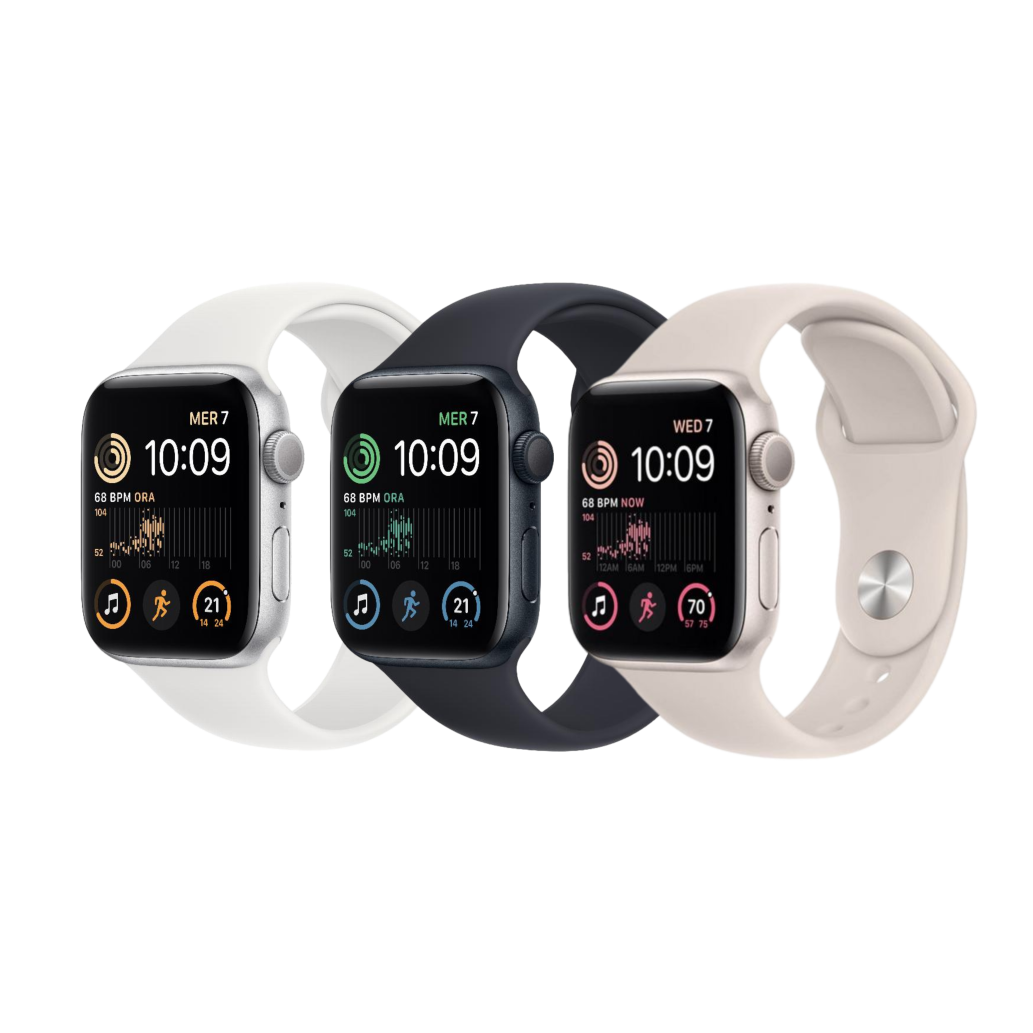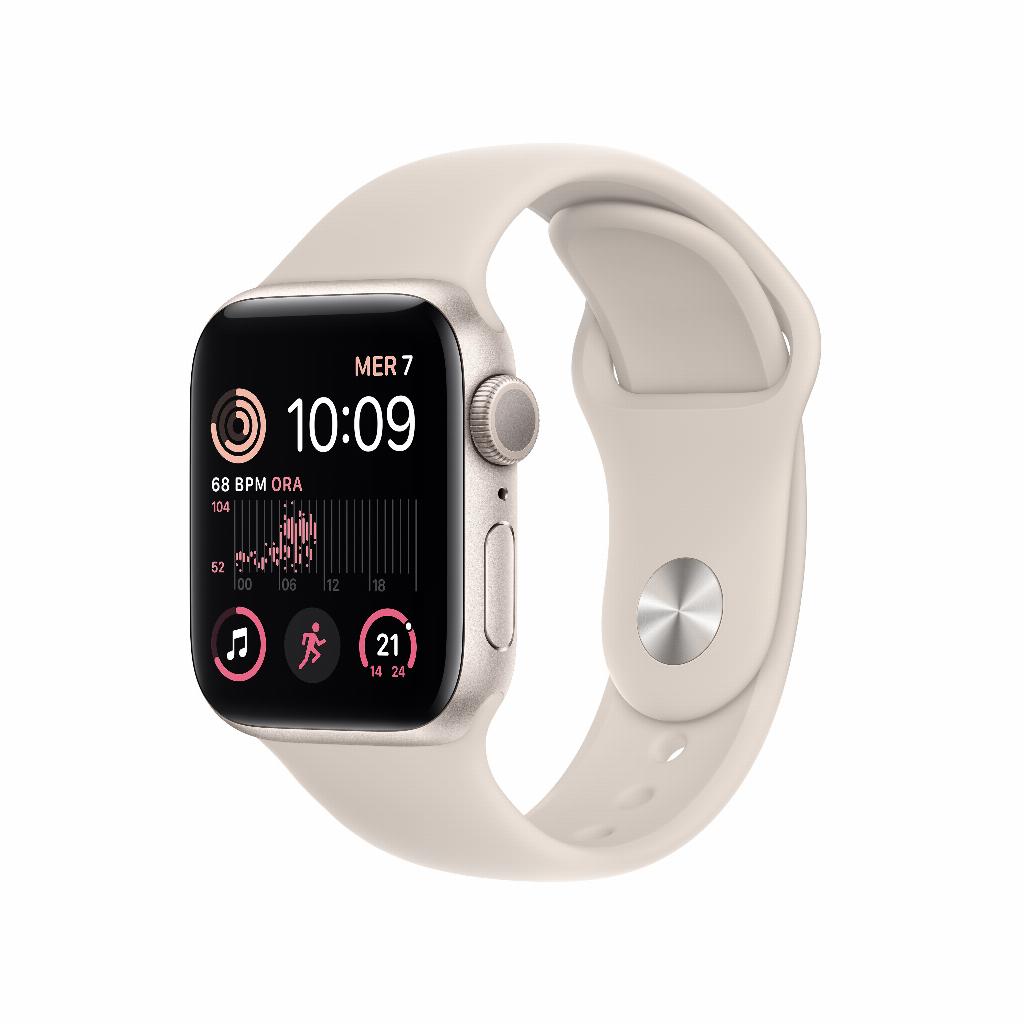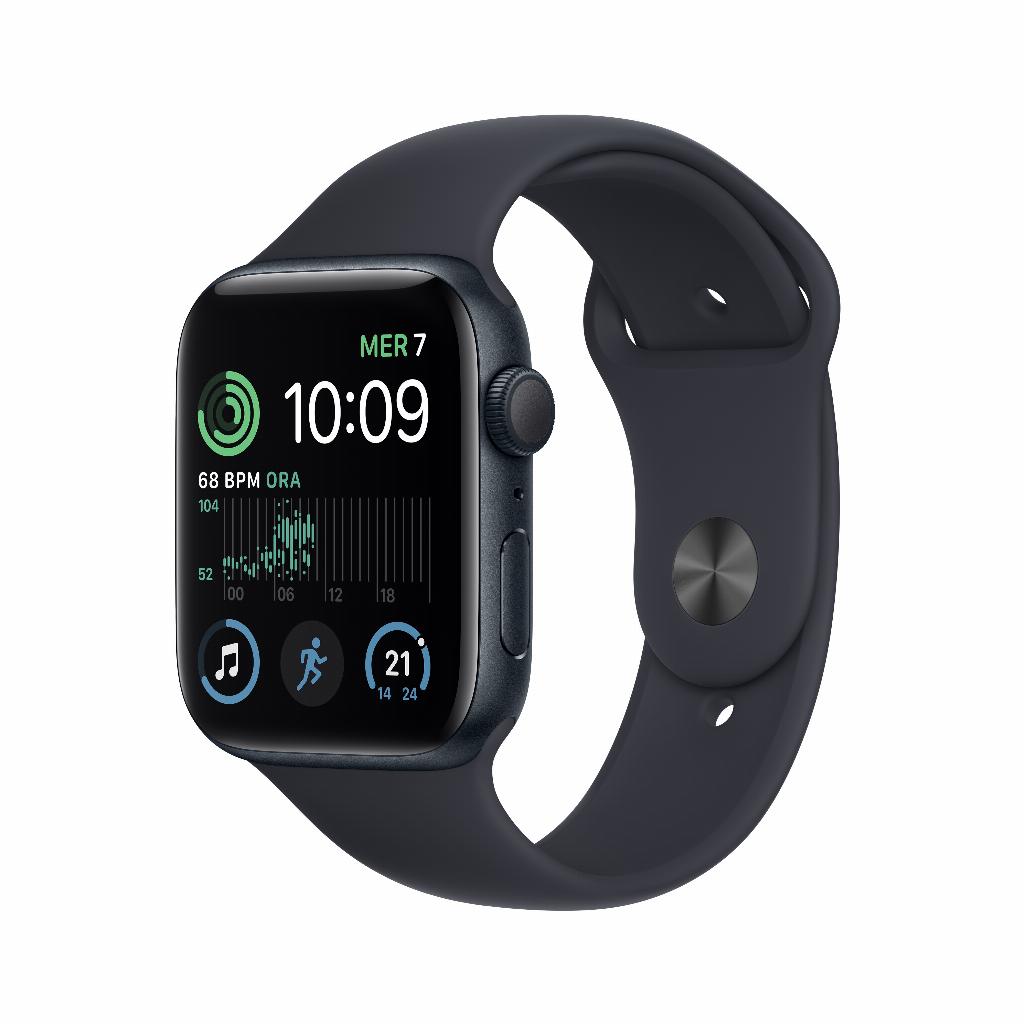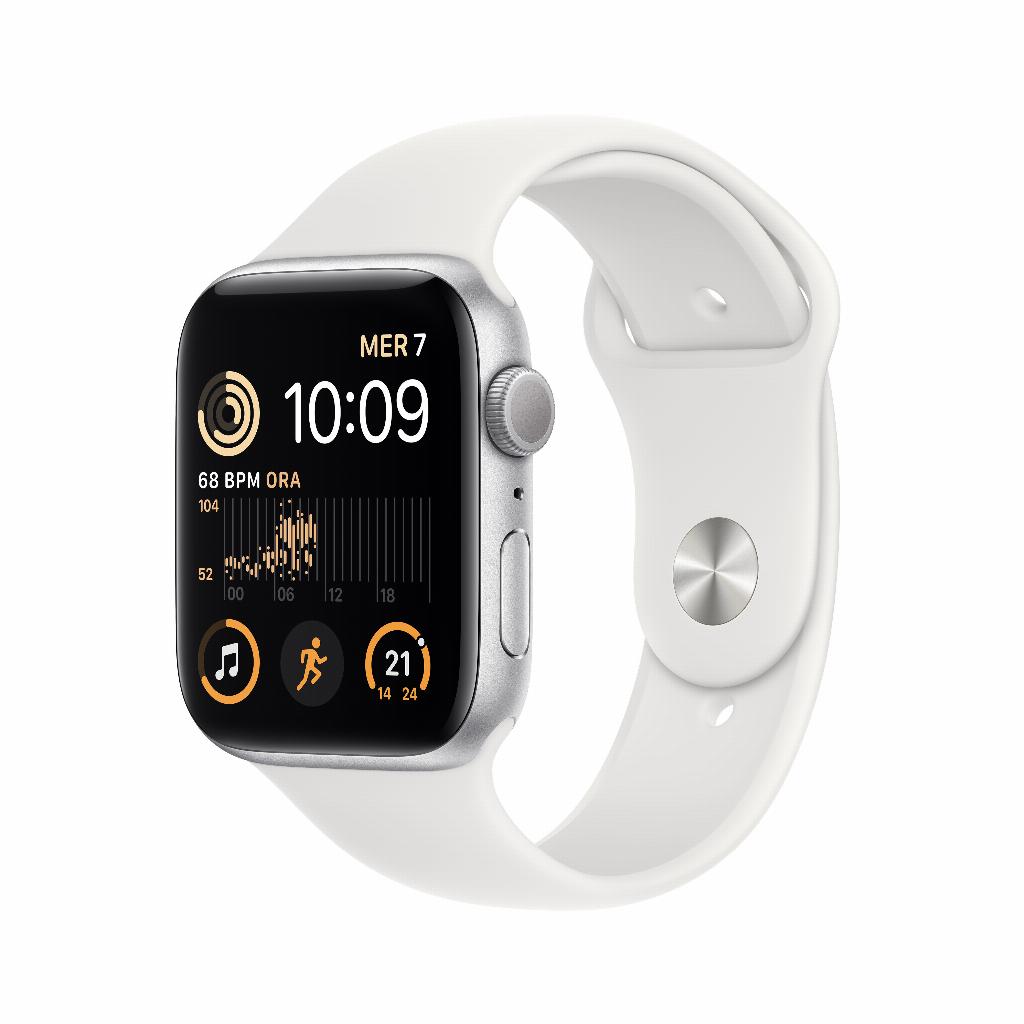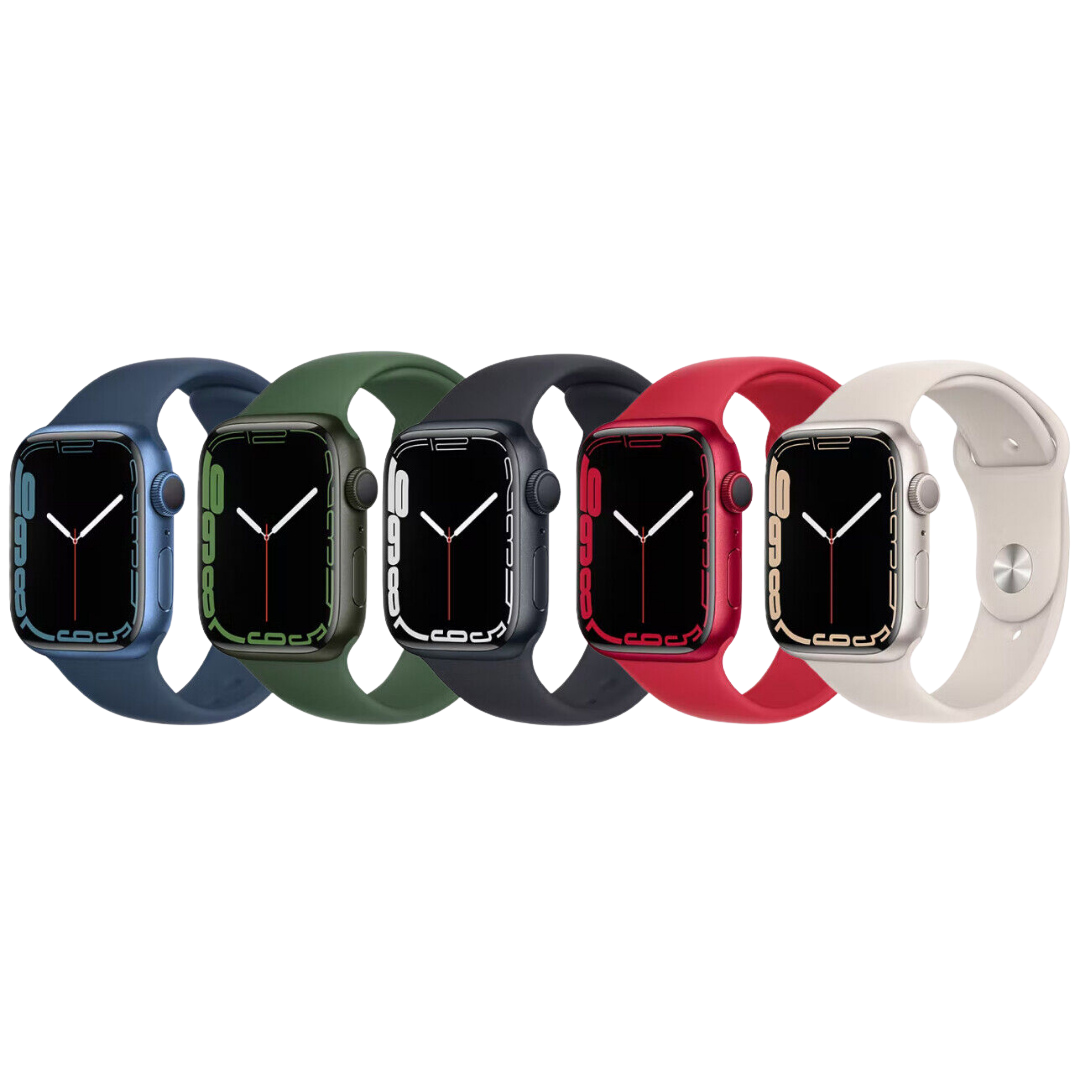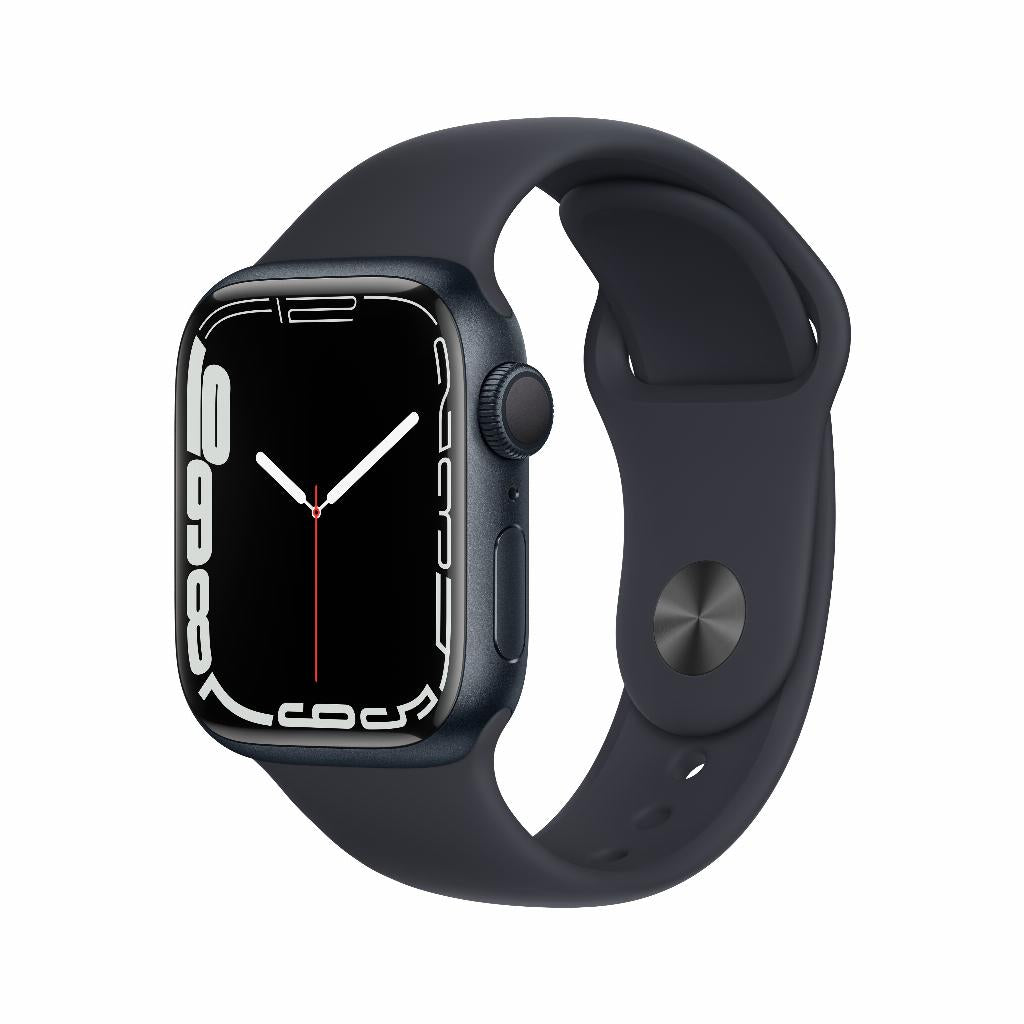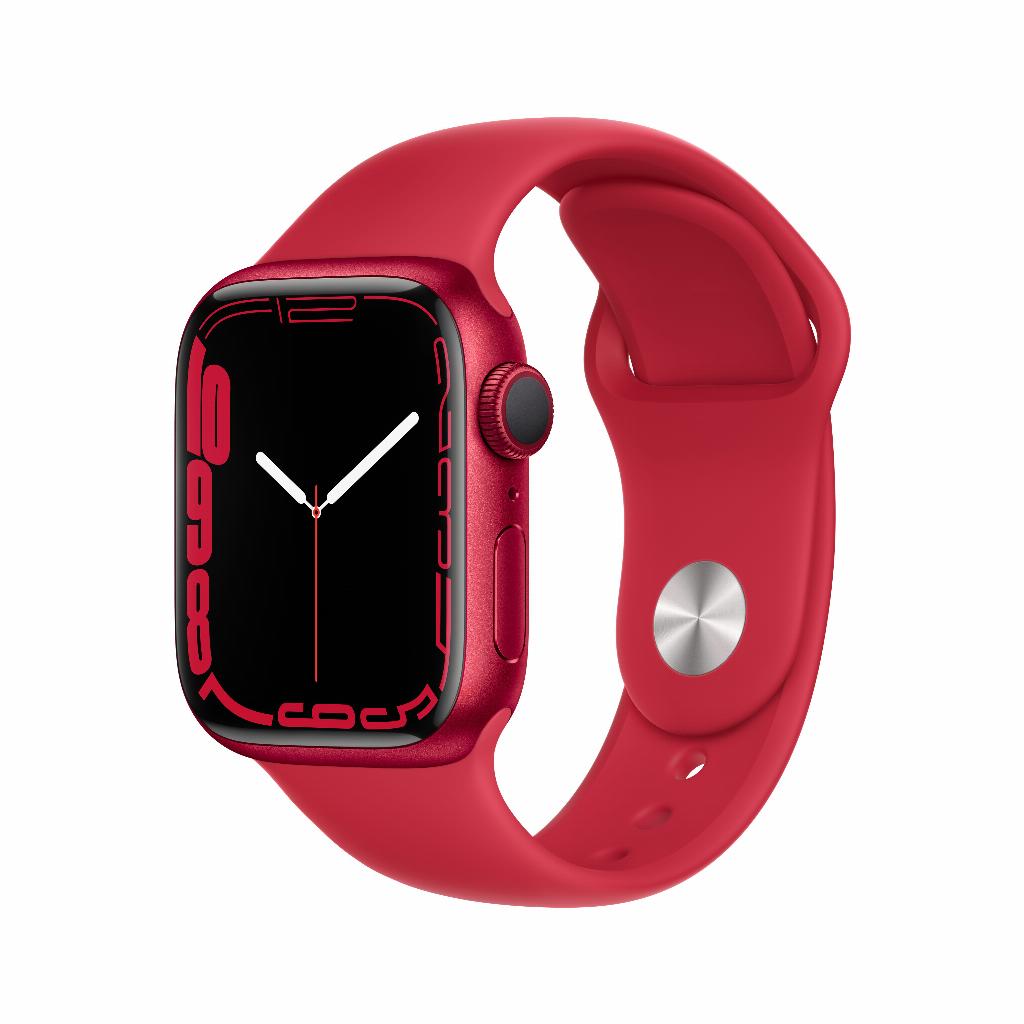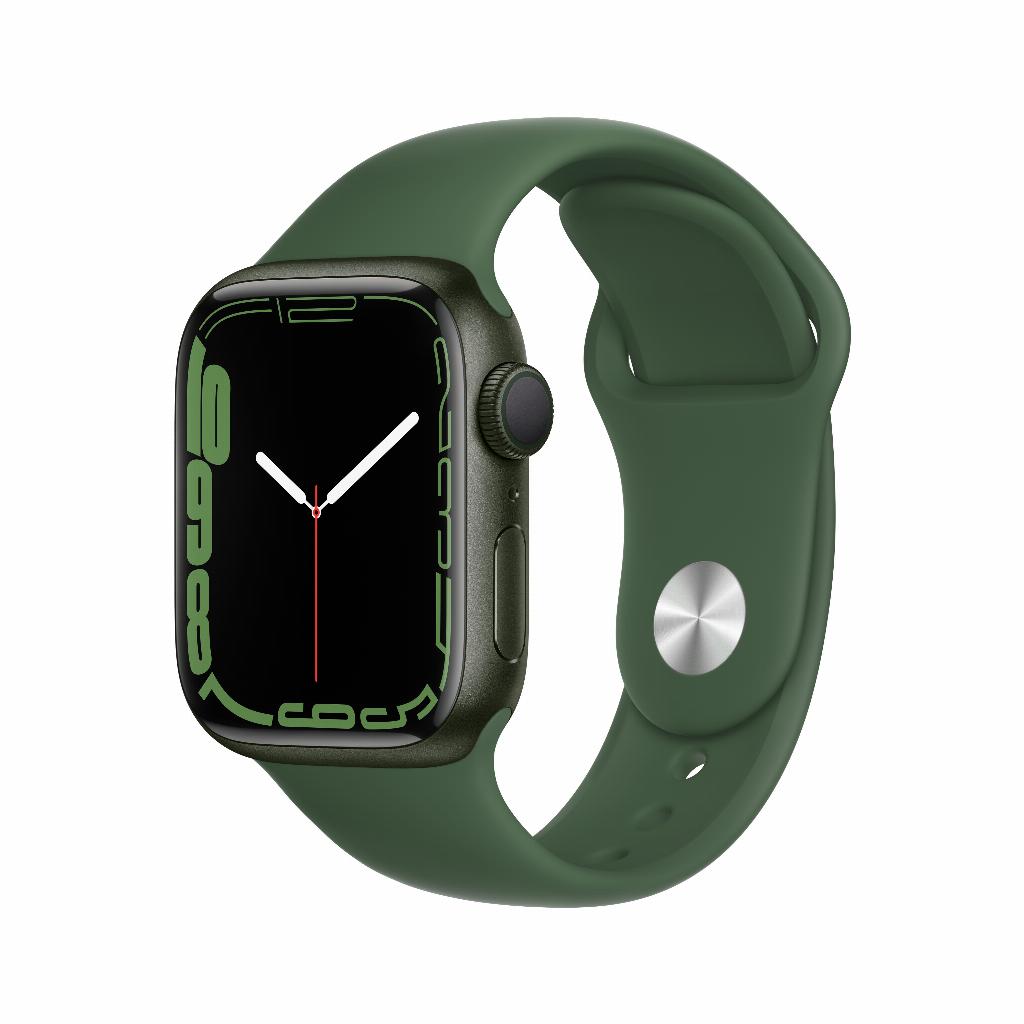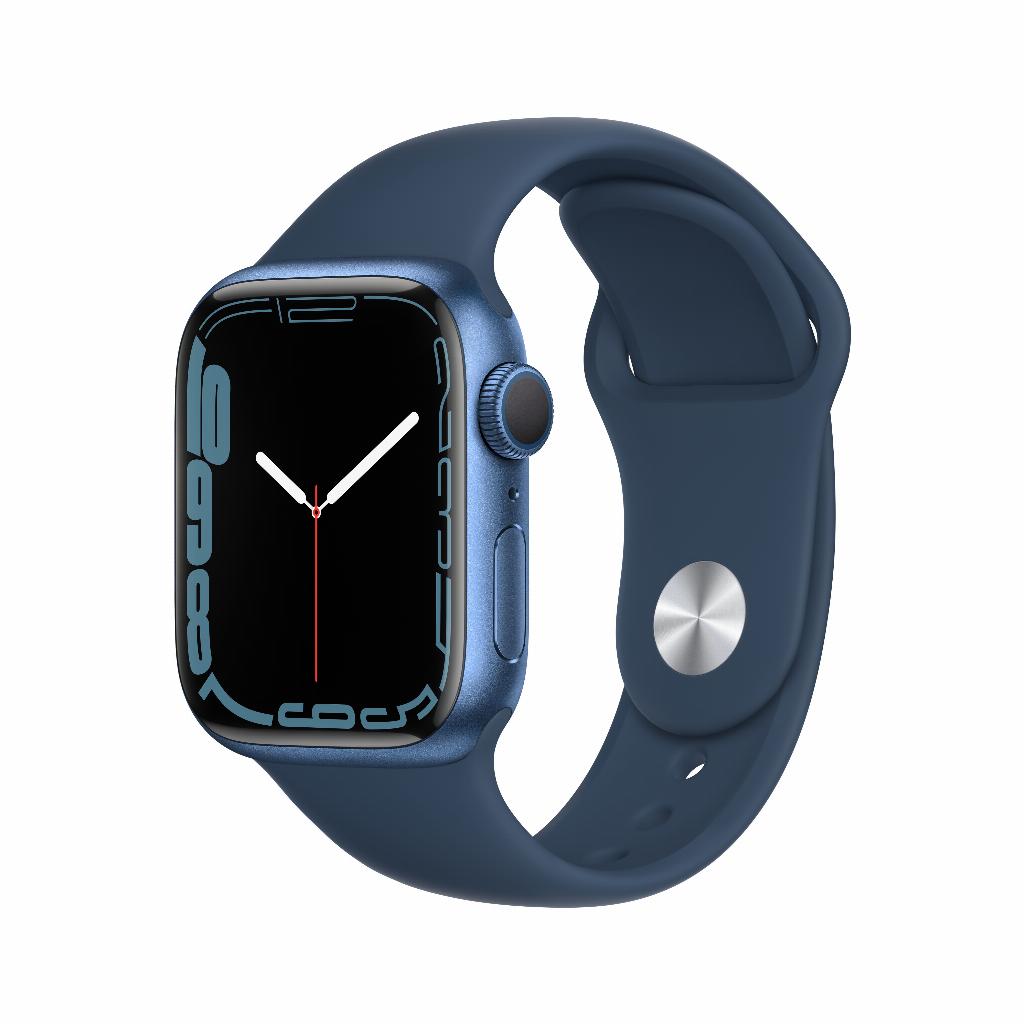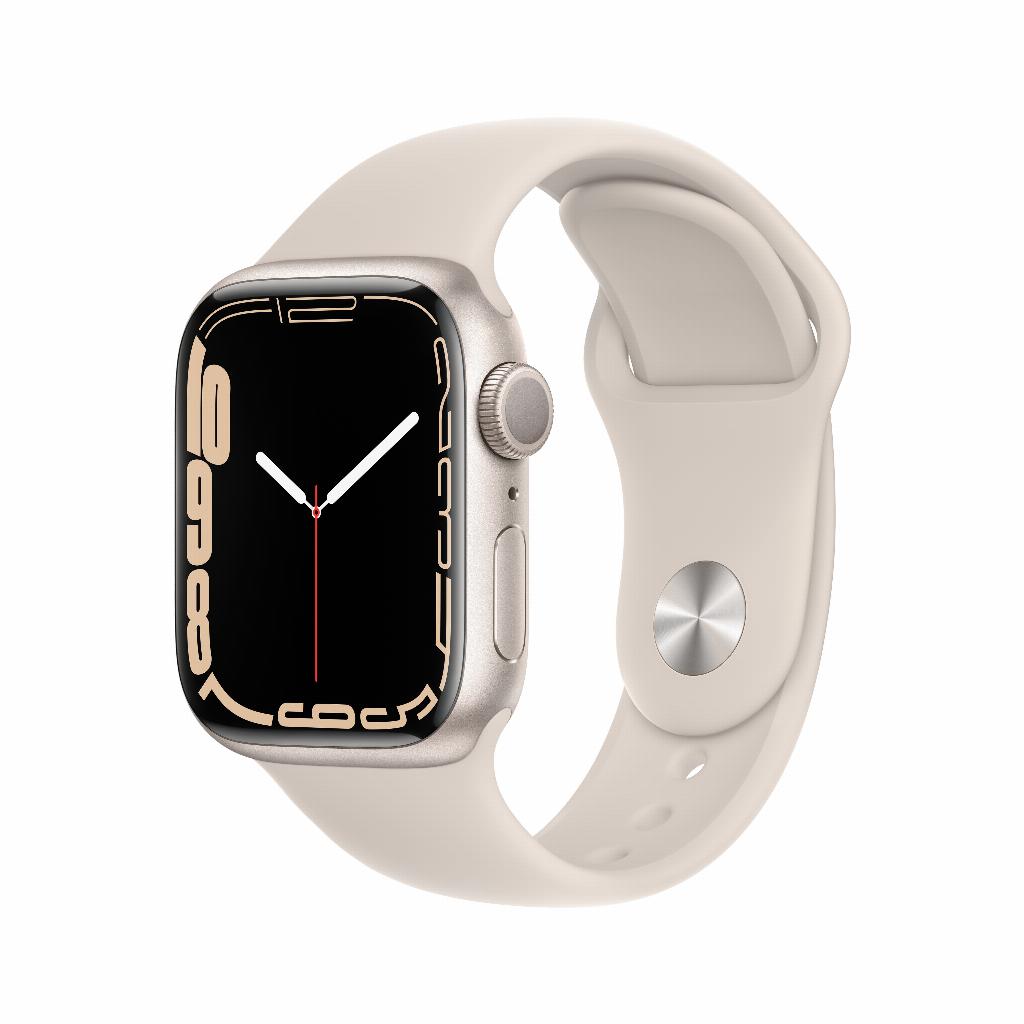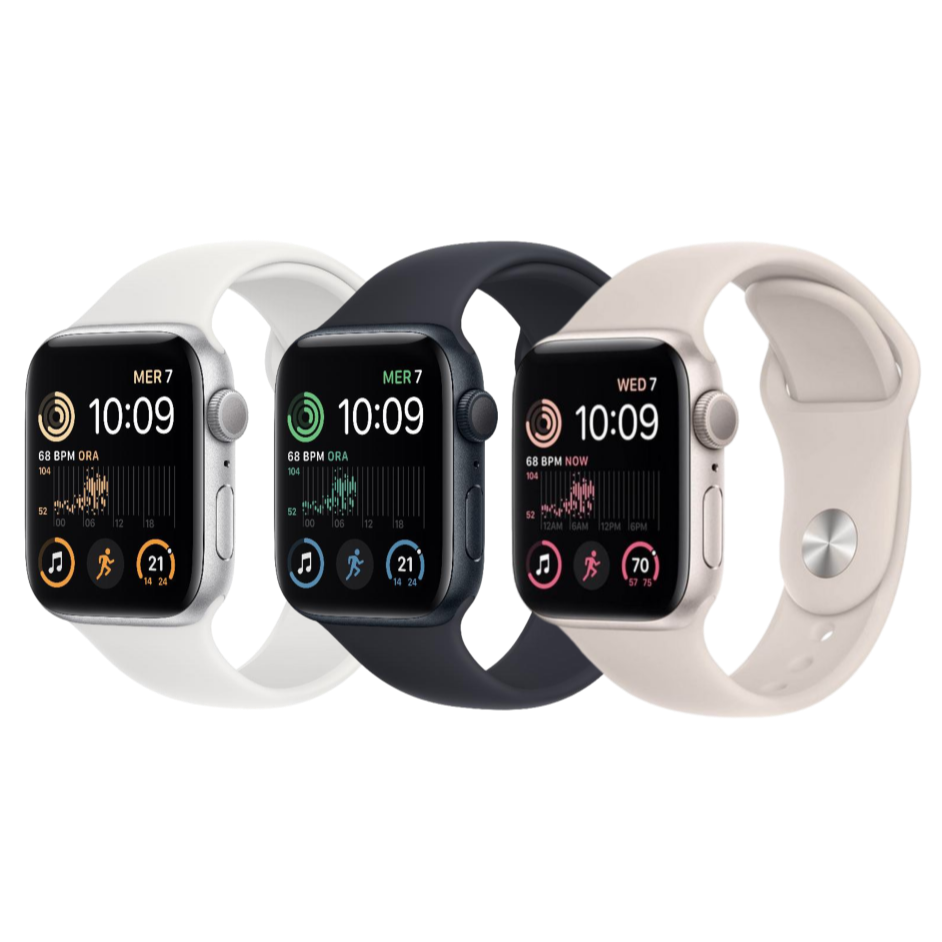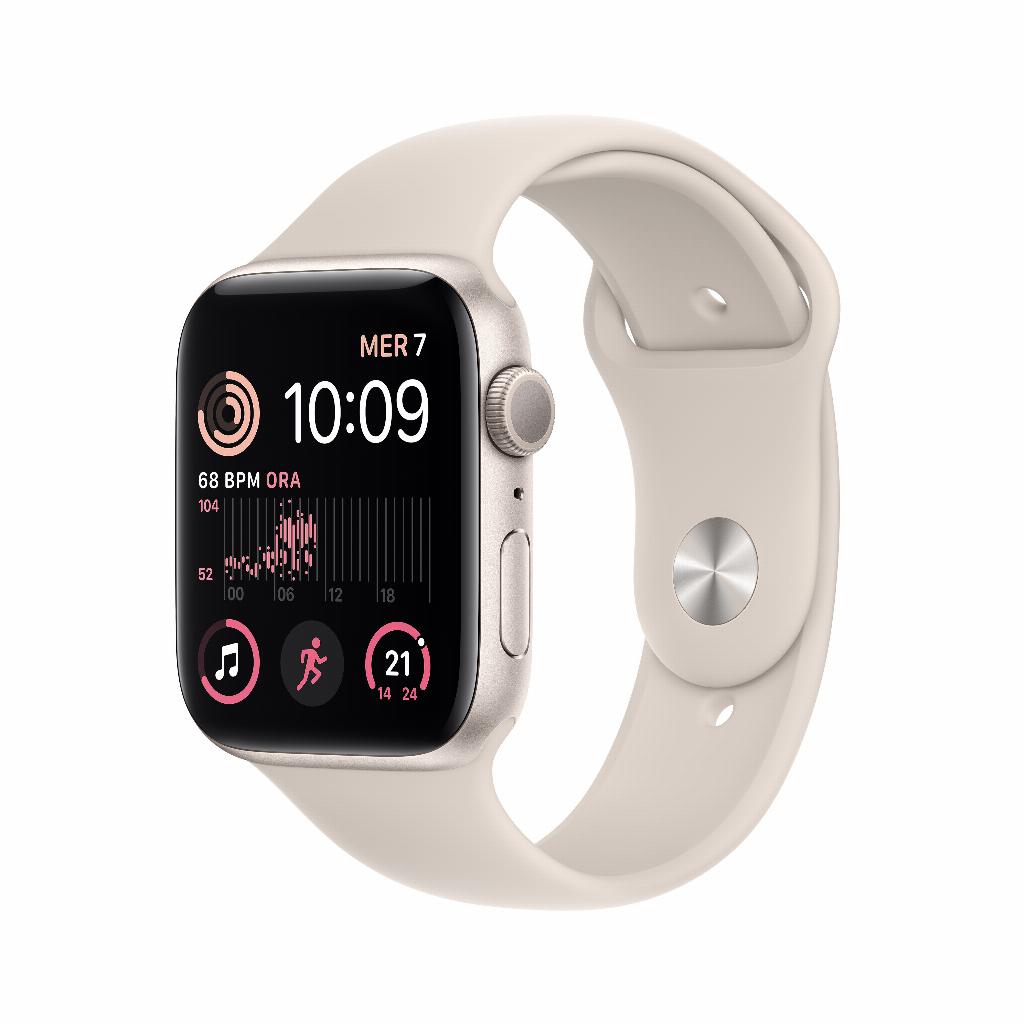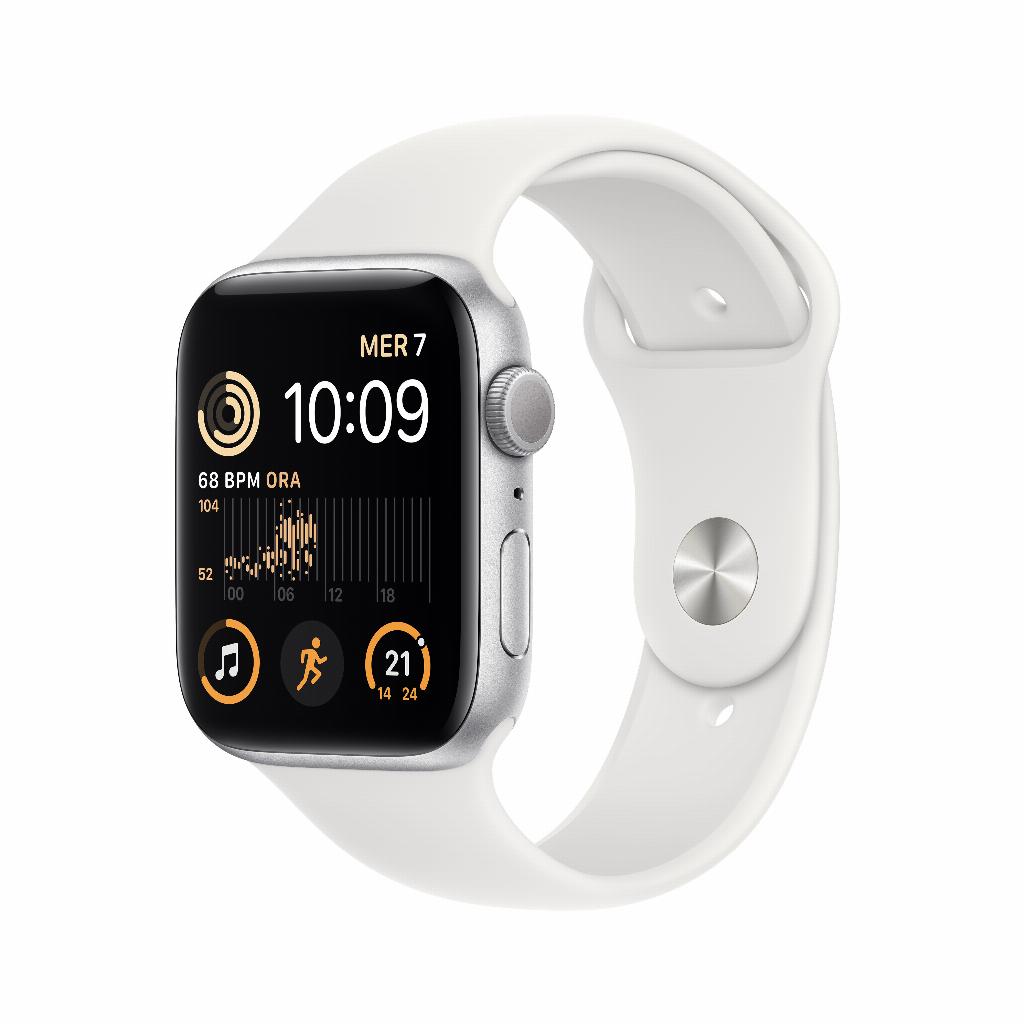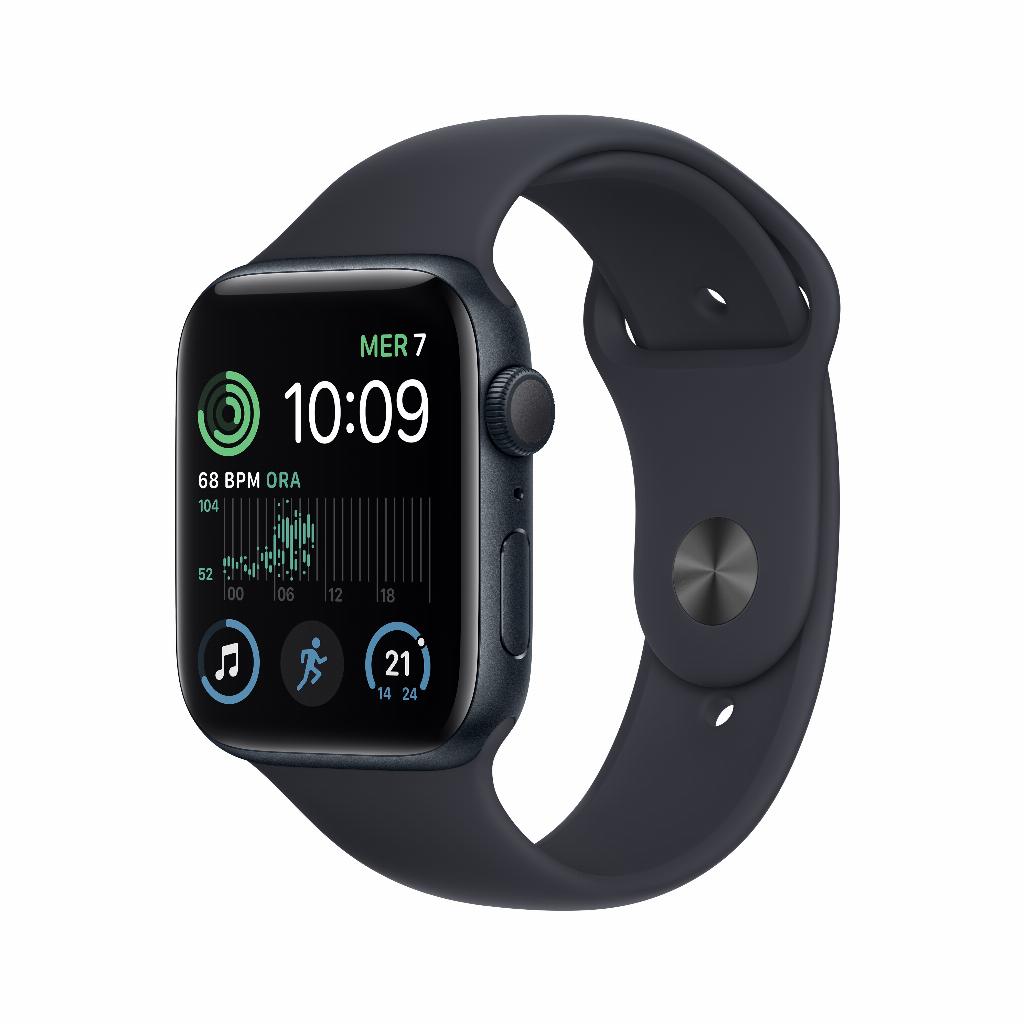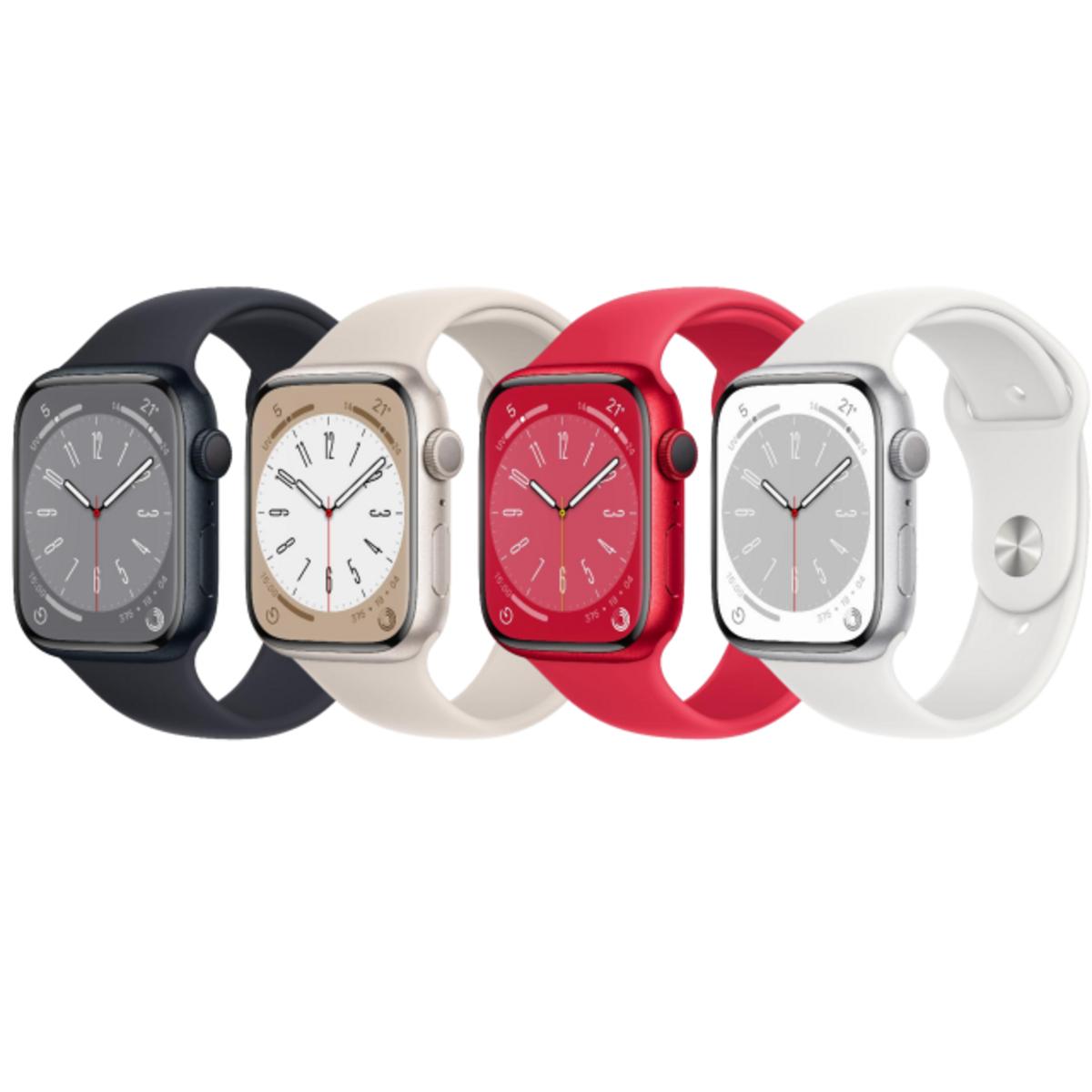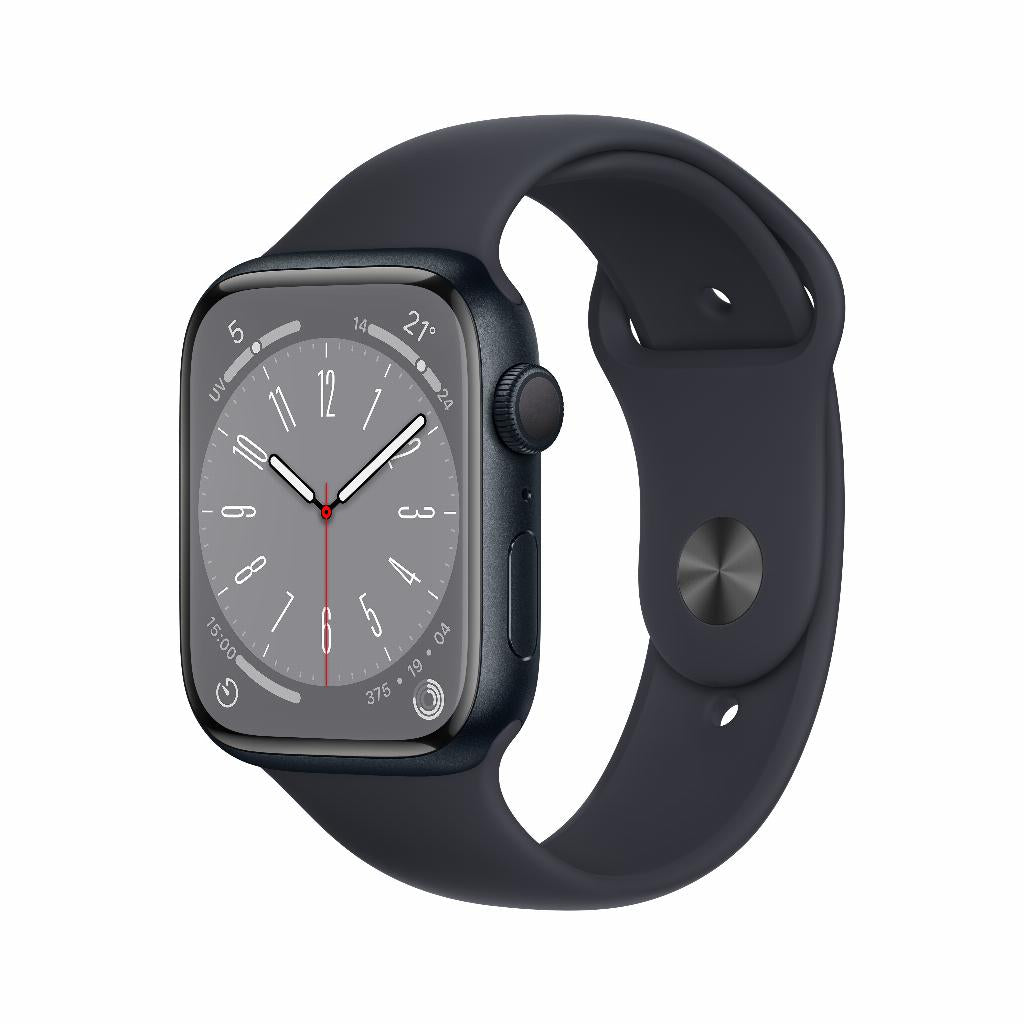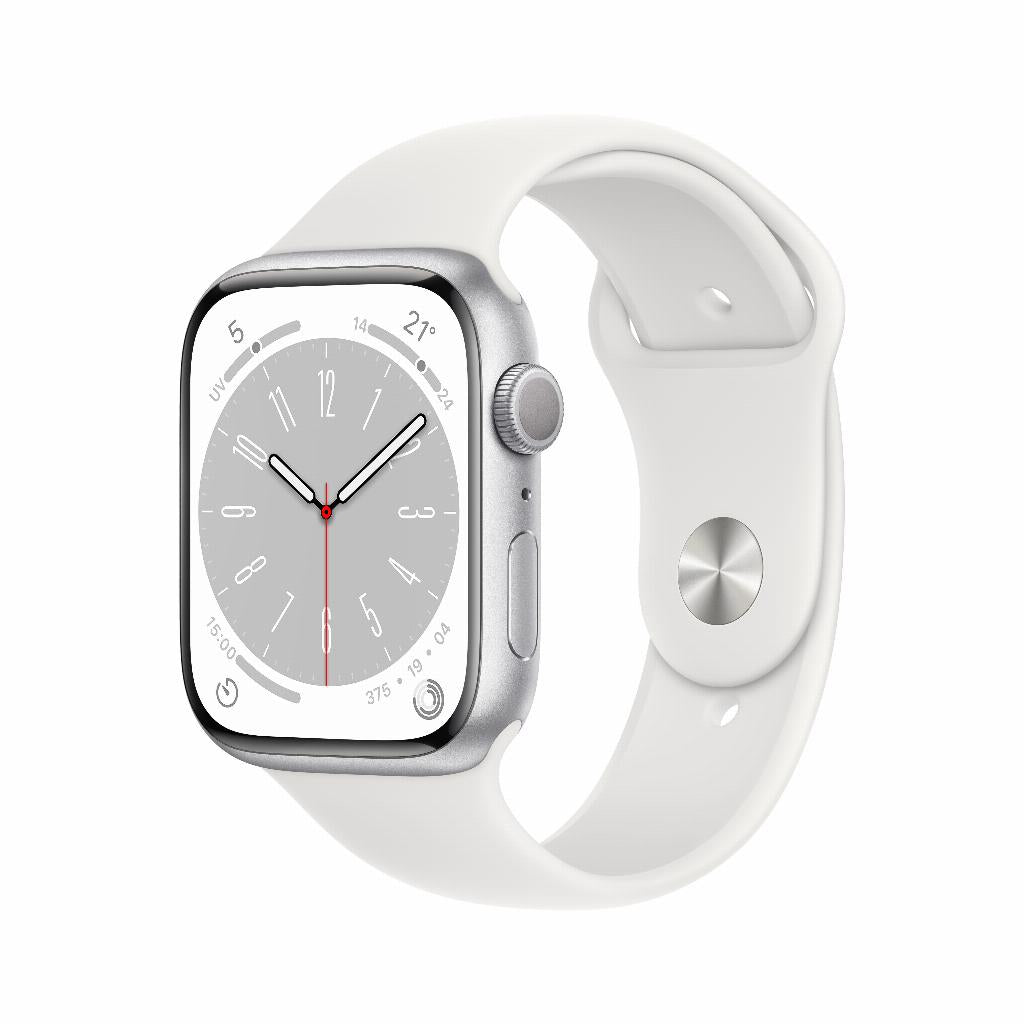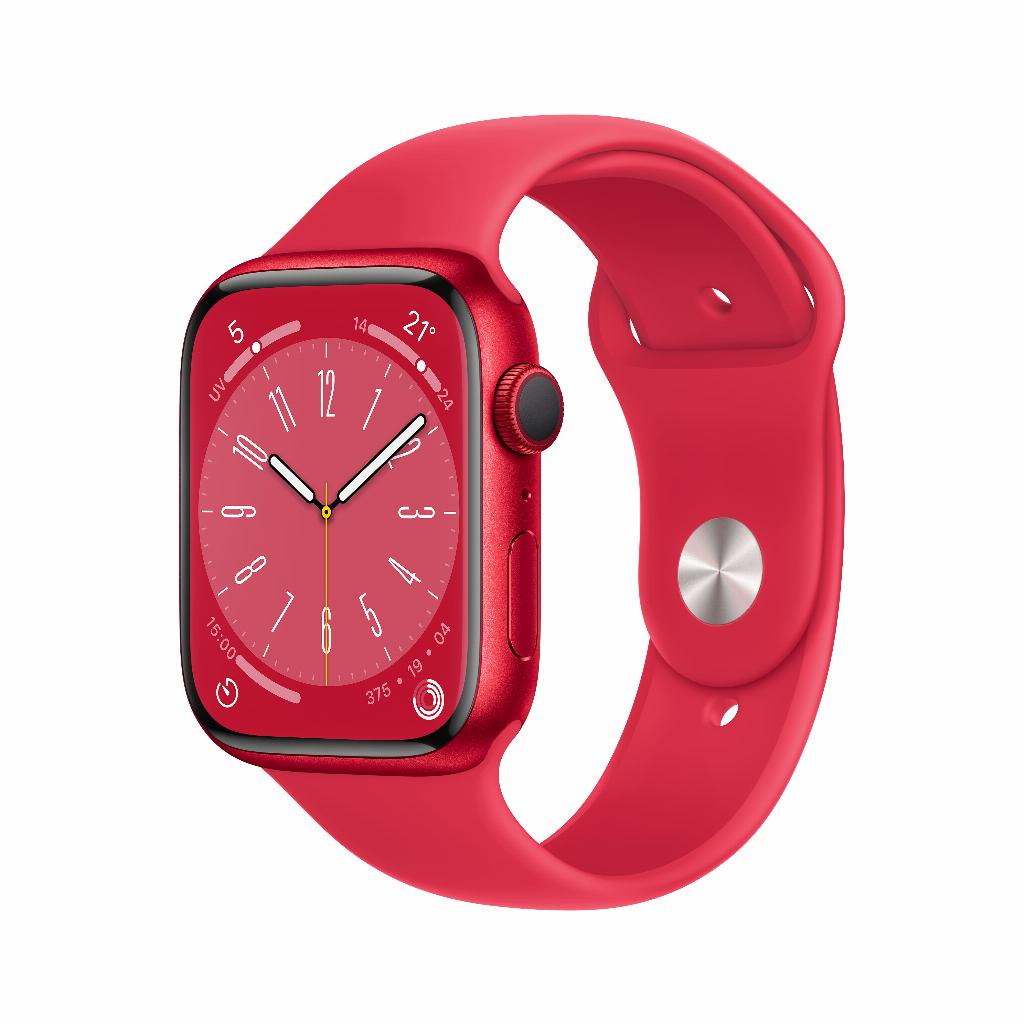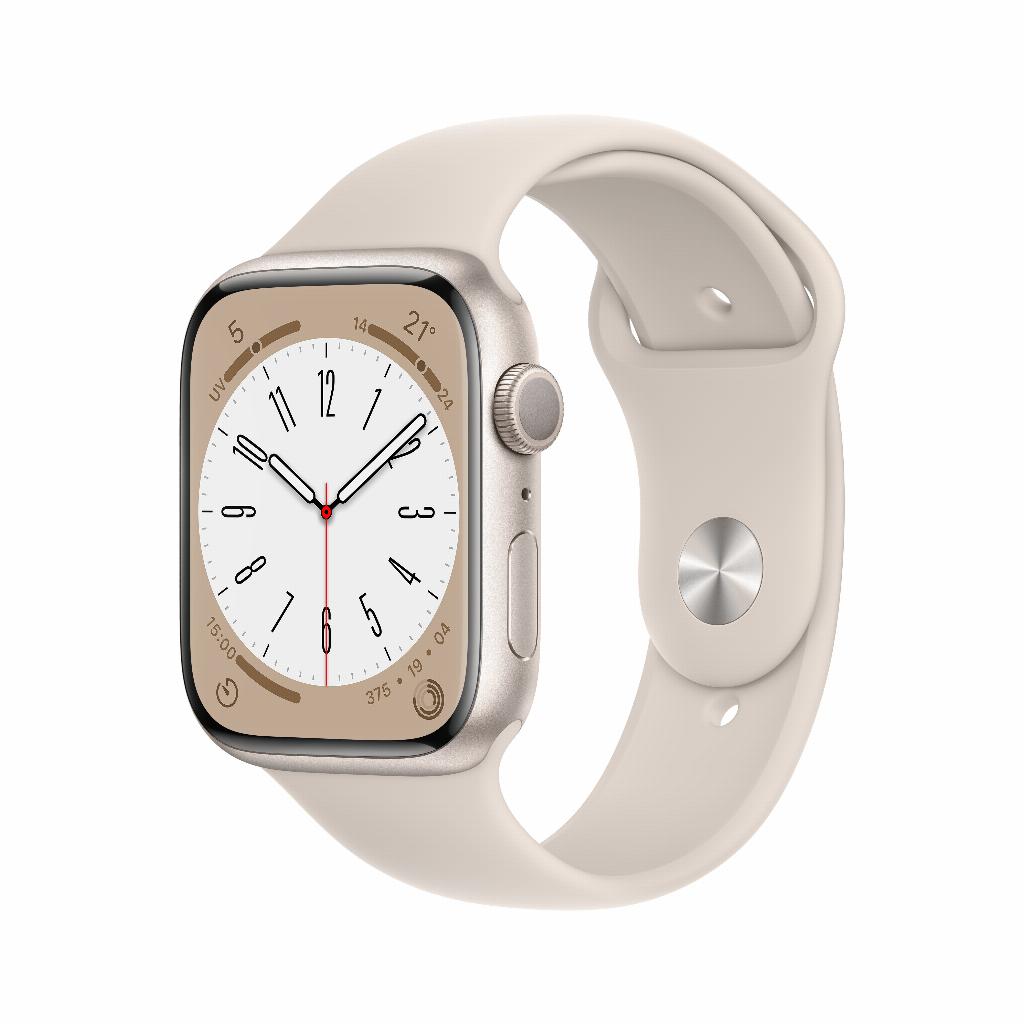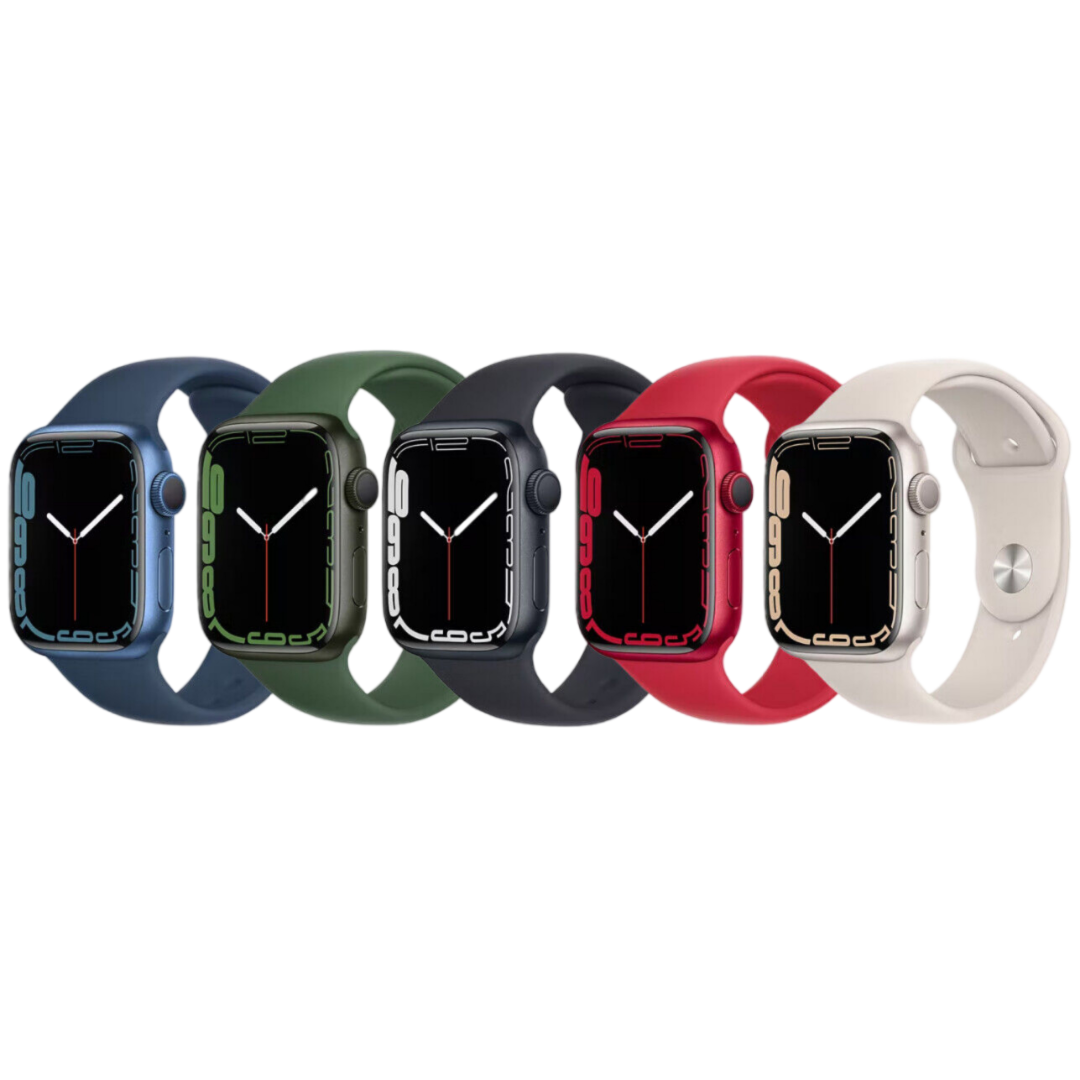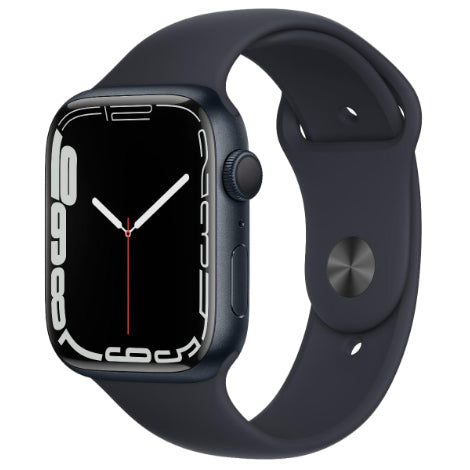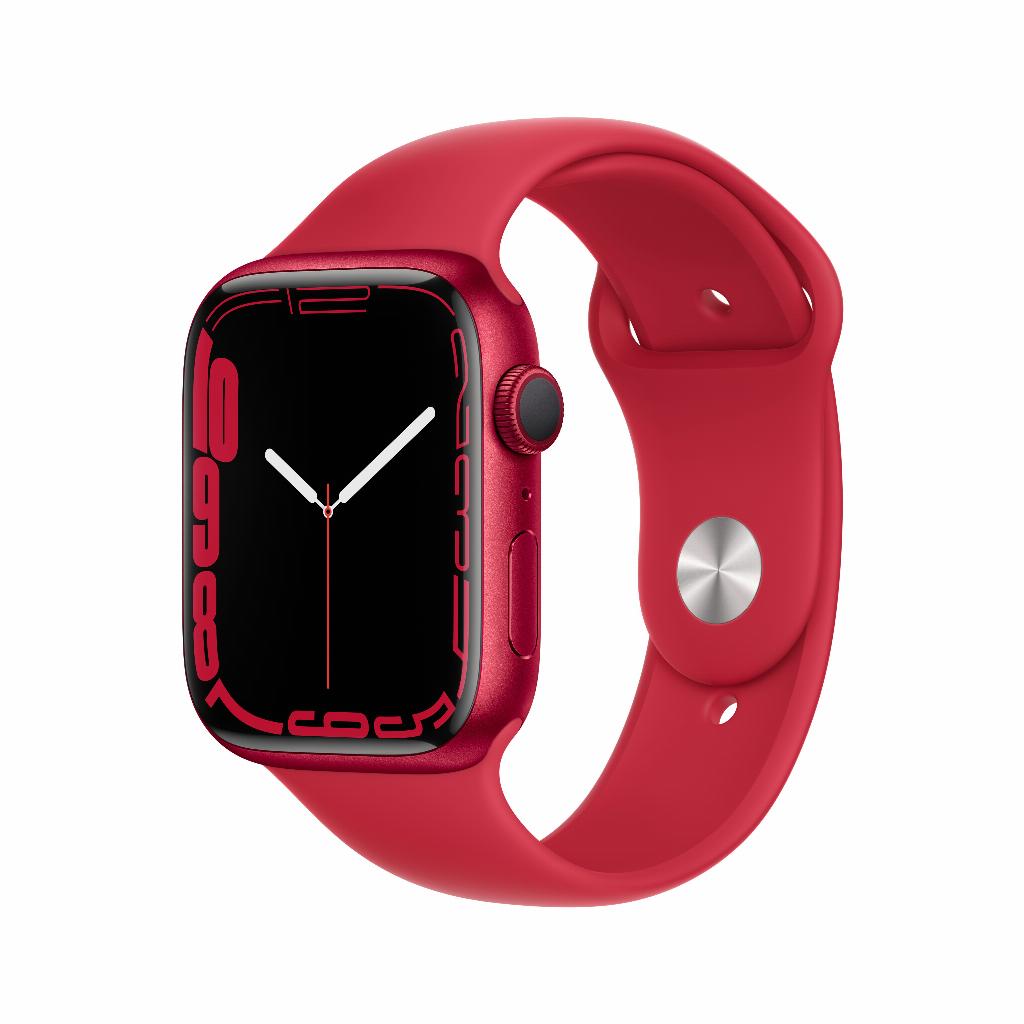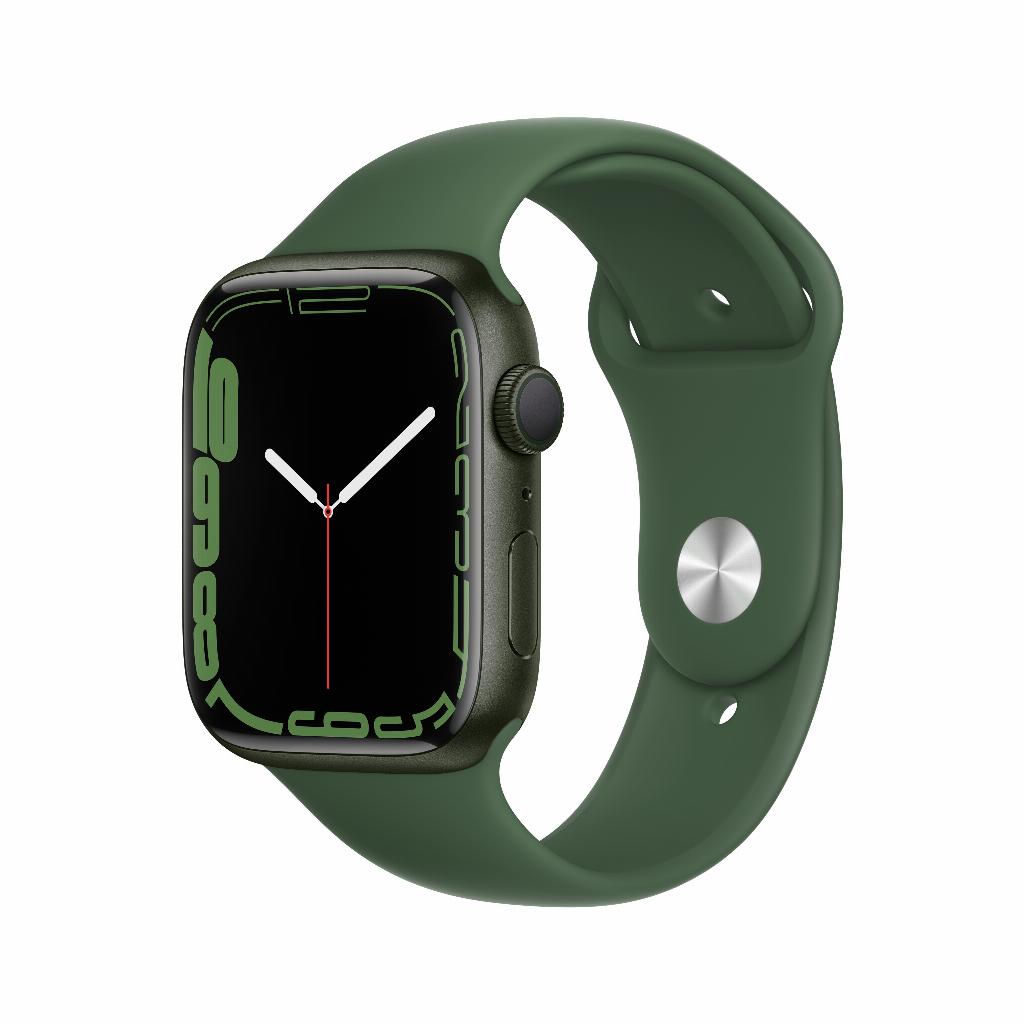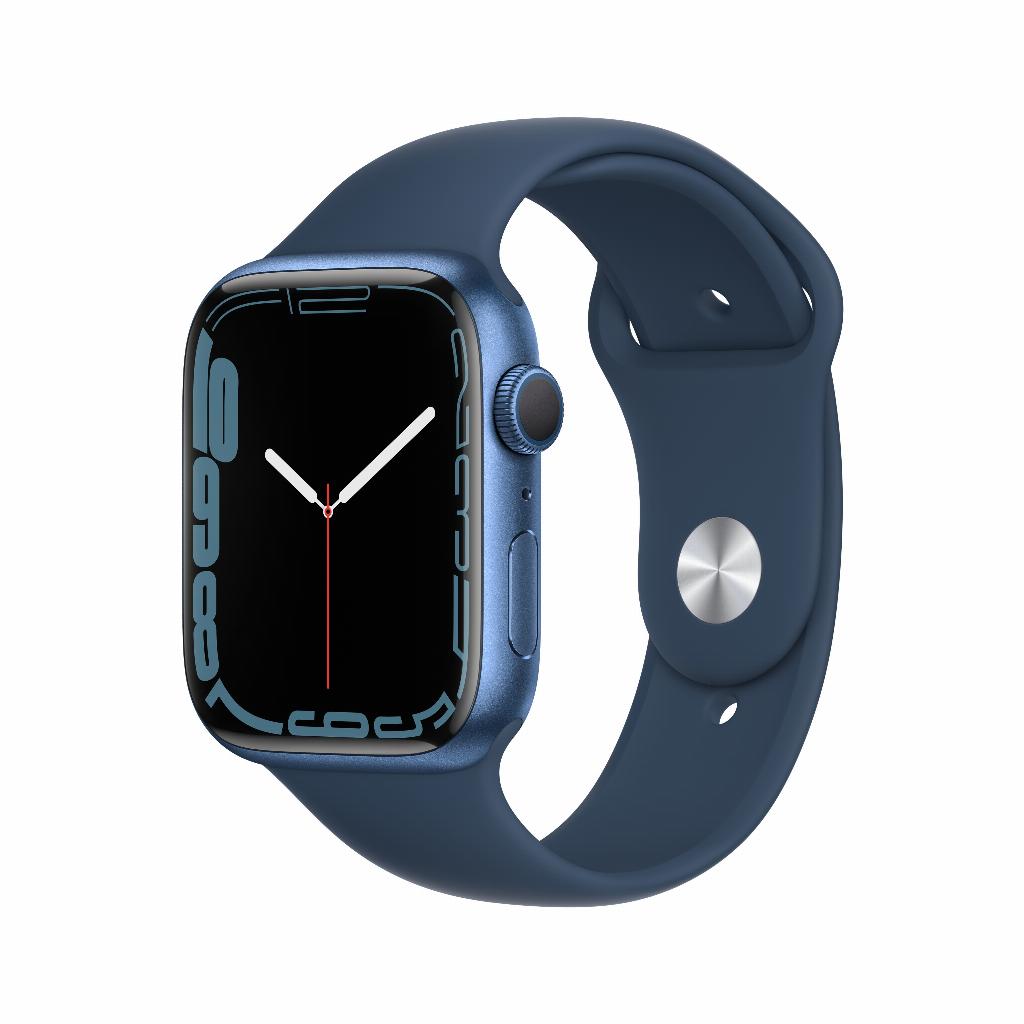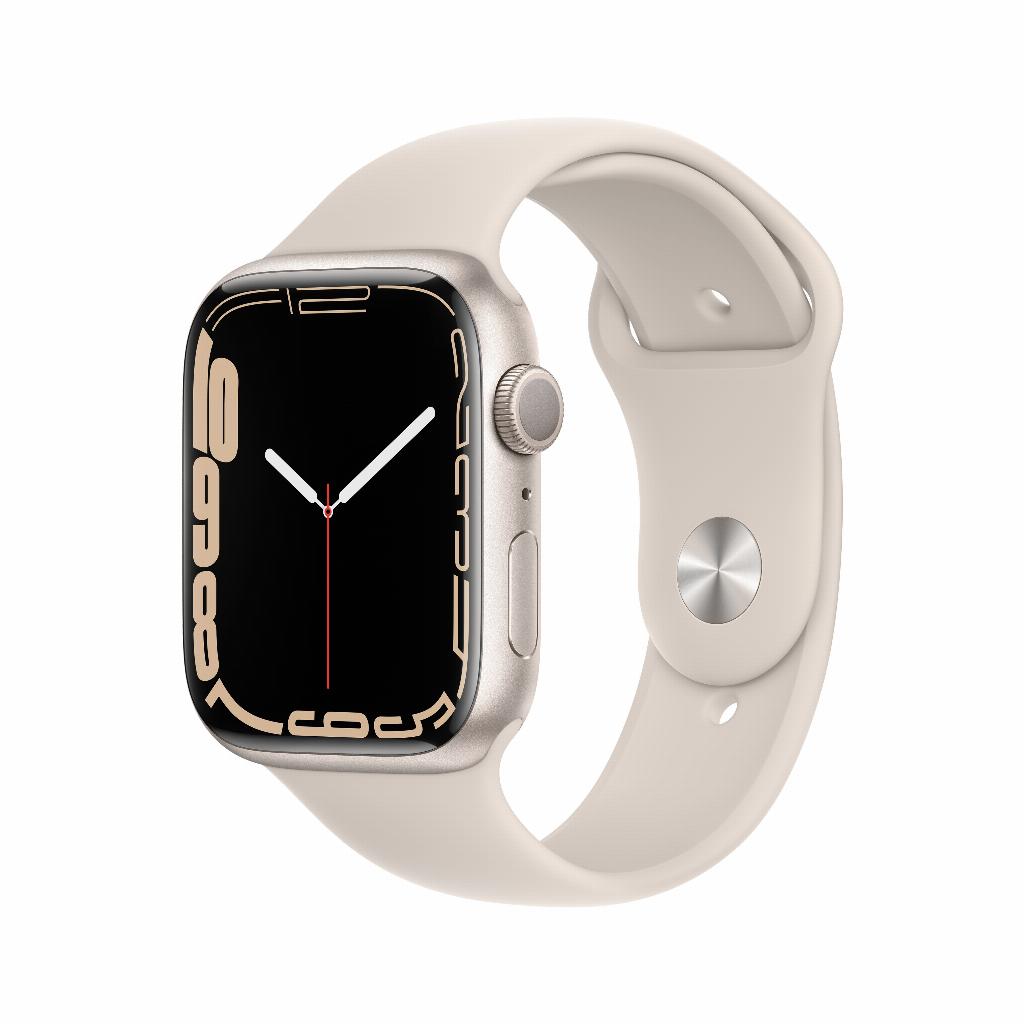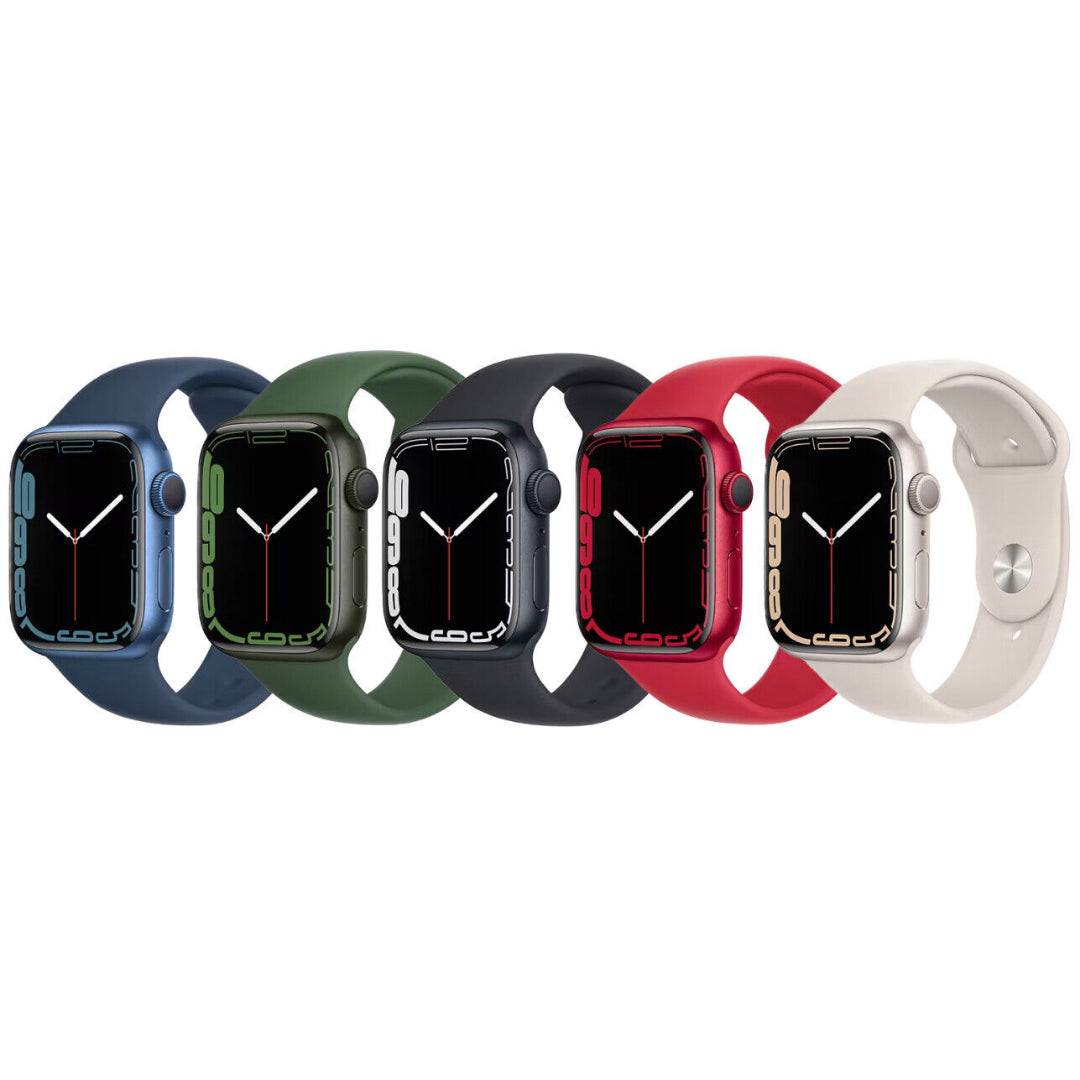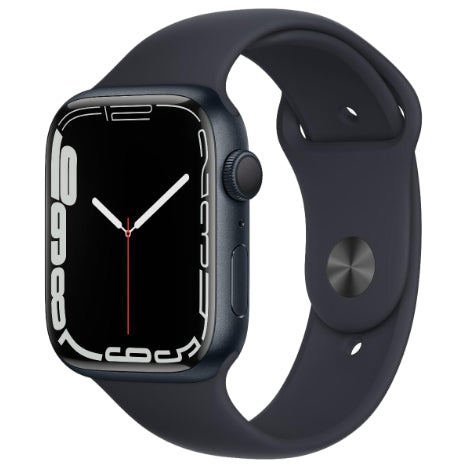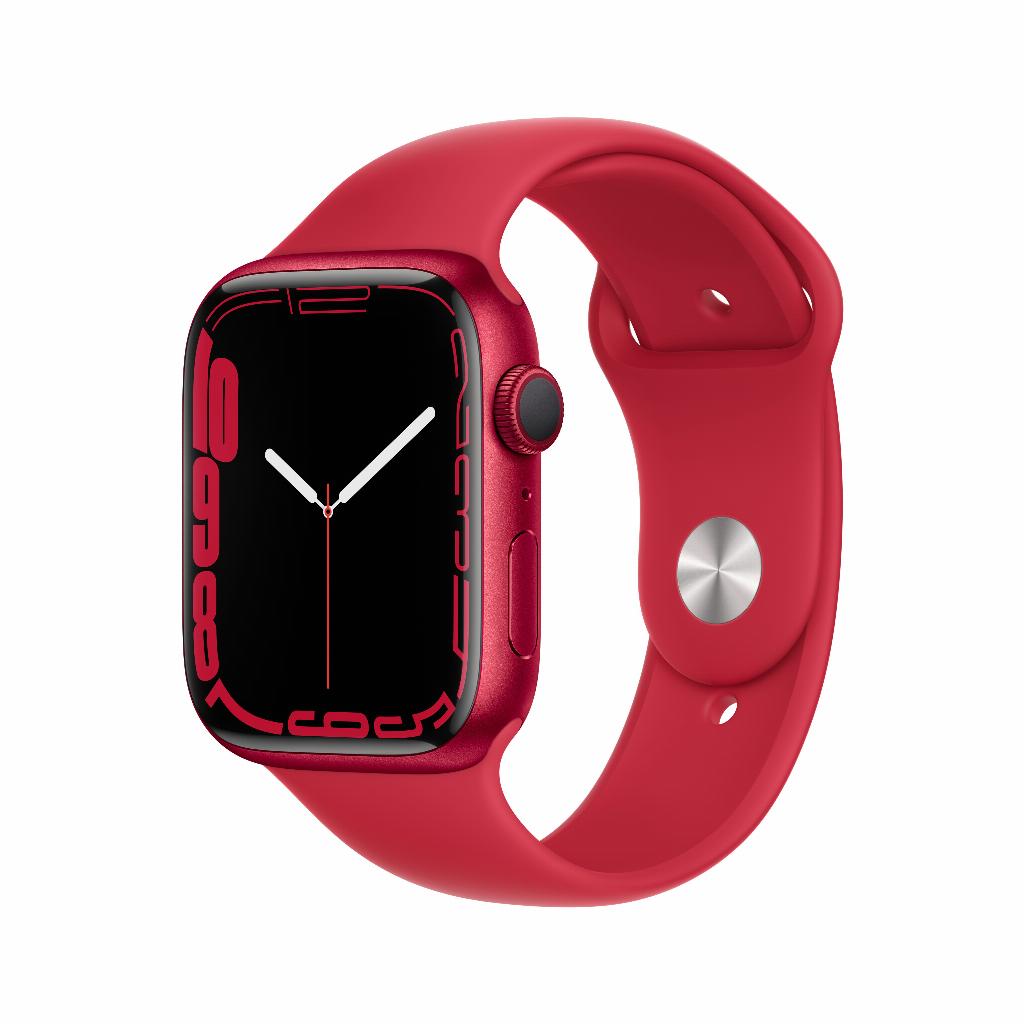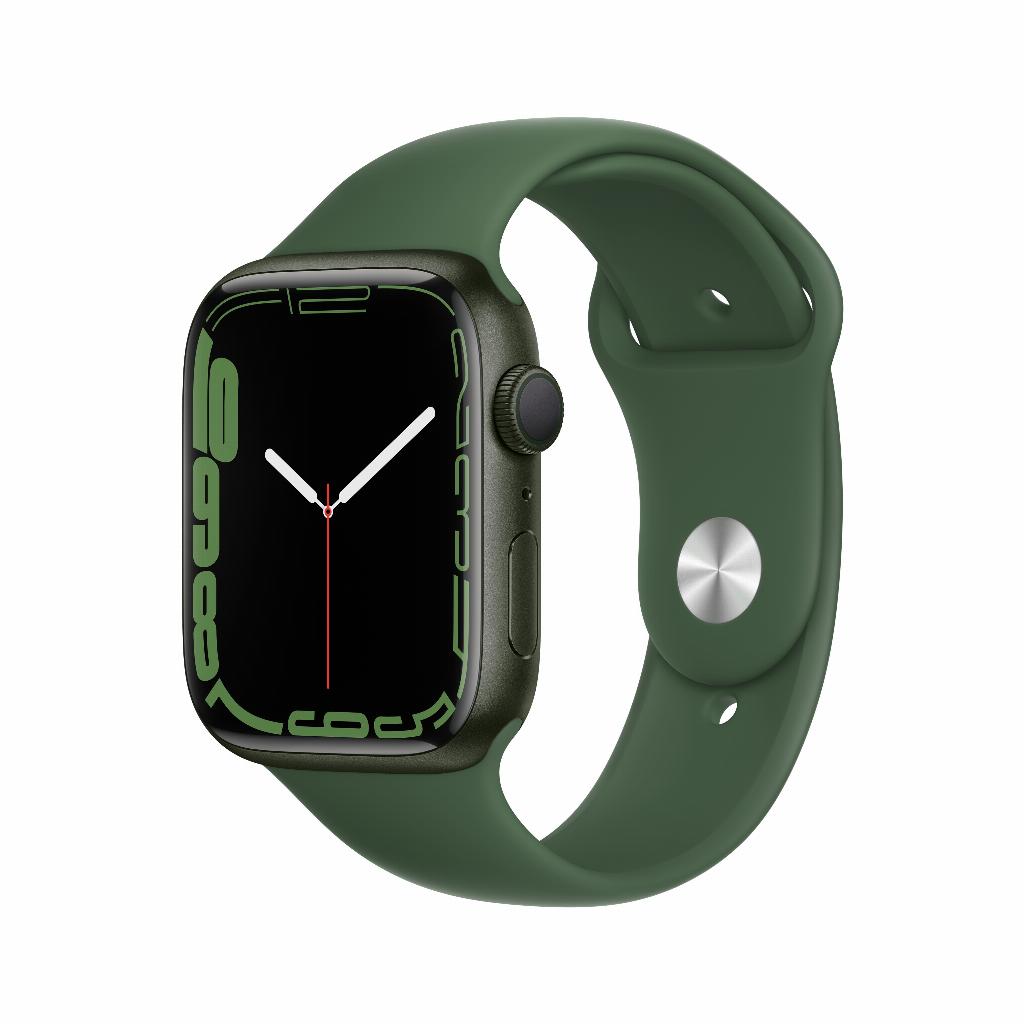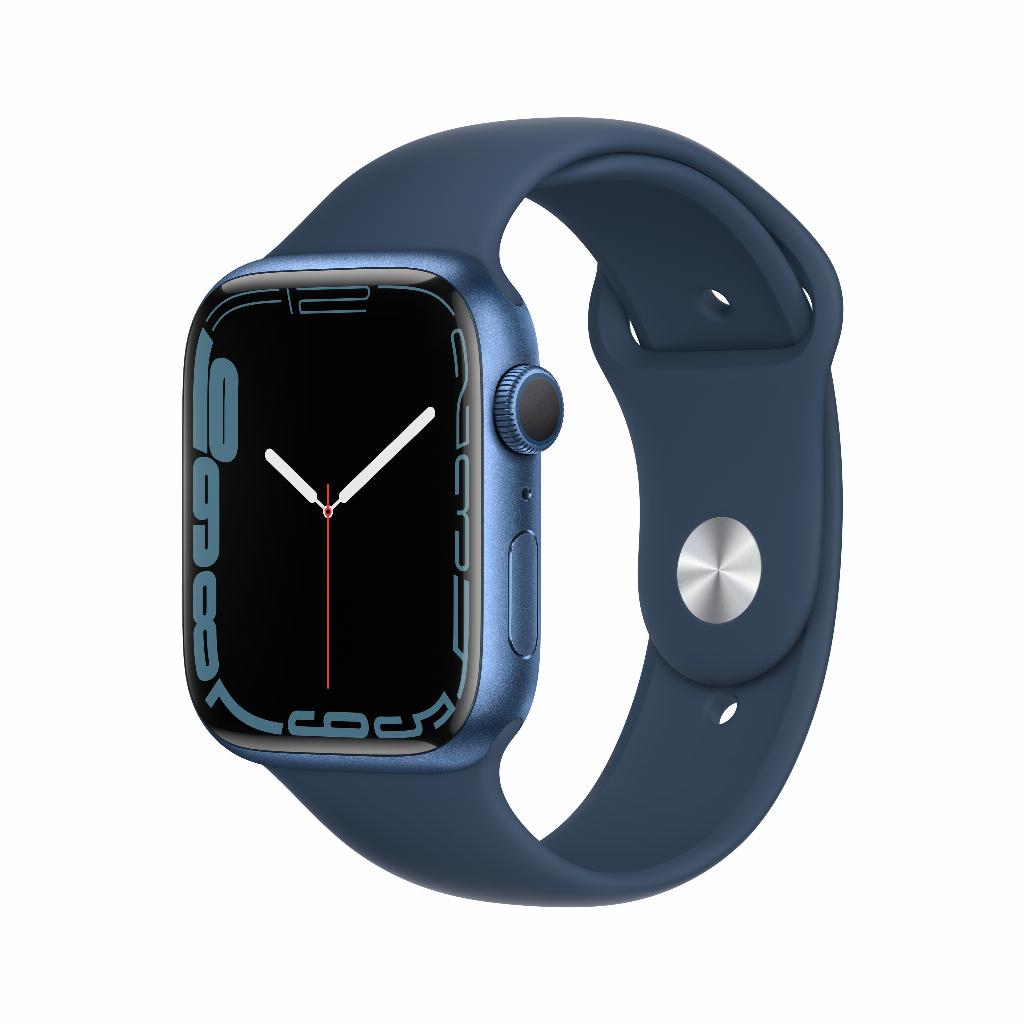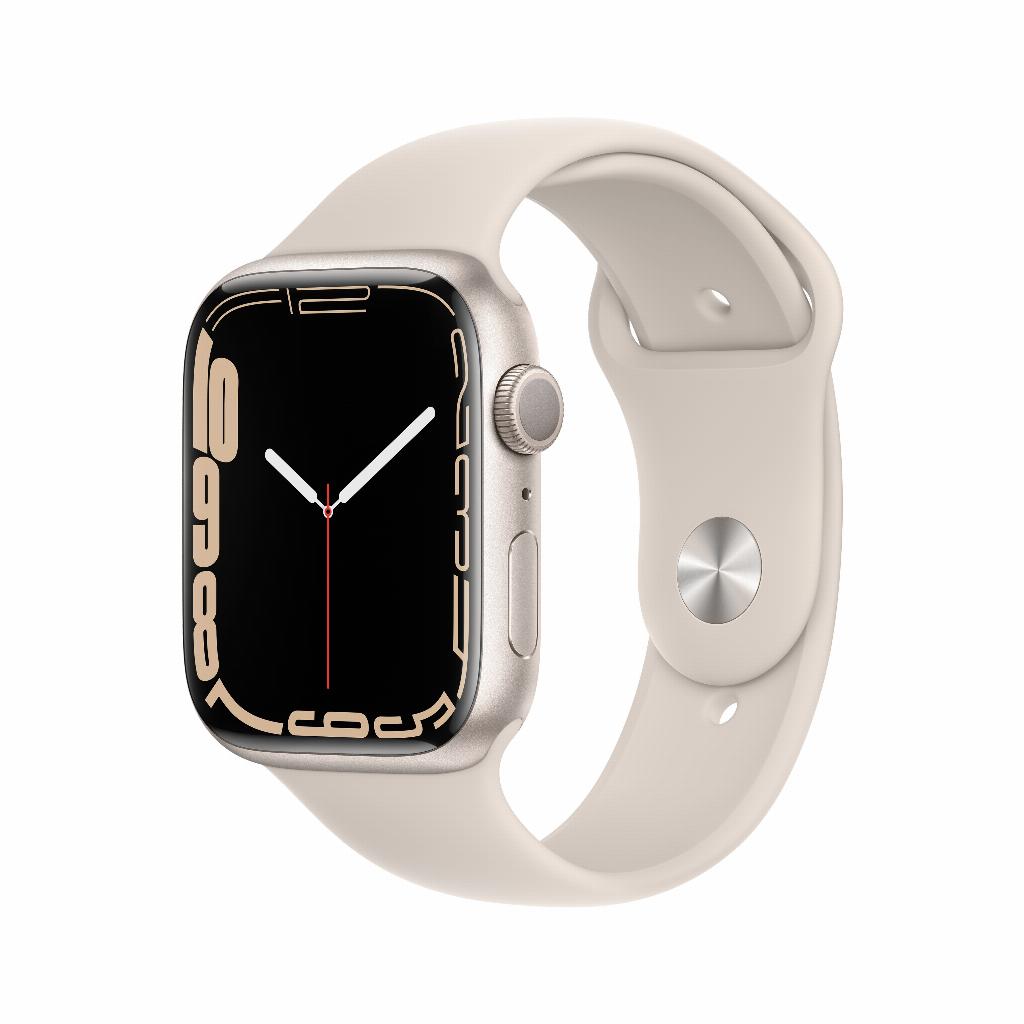Apple Watch pairing failed? This forgotten setting is often the cause
Your new Apple Watch refuses to pair with your iPhone . Frustration. You've tried everything: turning Bluetooth on and off, restarting devices, even deleting and reinstalling the Watch app. Nothing works.
But here's what Apple doesn't tell you: 8 out of 10 times, the problem isn't with your devices, but with a single forgotten setting buried deep in your iPhone menu. A simple toggle that makes the difference between hours of fiddling and pairing in 30 seconds. Most users only discover this after weeks of struggling—or after sending their Watch back in frustration.
Useful links
- Apple accessories for optimal connection
- Refurbished Apple Watch collection
- Refurbished iPhone models
The Hidden Setting That Solves Everything
The most common cause of pairing issues between your smartwatch and phone lies in a simple privacy setting. Go to Settings > Privacy & Security > Location Services. Make sure this feature is enabled and that the Watch app has access to your location. This setting is crucial because both devices need to be able to locate each other geographically during the pairing process.
Also check that your two-factor authentication is set up correctly on your Apple ID. This security mechanism can block the linking process if not configured correctly. You can find this option under Settings > [your name] > Sign-in & Security.
Compatibility between models
Not every device combination works together. An Apple Watch Series 3 requires at least an iPhone 6s with iOS 14. Newer models like the Series 9 or Ultra require an iPhone 8 or later with iOS 16.
Overview of minimum requirements
- Watch Series 3-5: iPhone 6s or newer, iOS 14+
- Watch Series 6-8: iPhone 6s or newer, iOS 15+
- Watch Series 9/Ultra: iPhone 8 or newer, iOS 16+
- Watch SE (all generations): iPhone 6s or later, iOS 14+
When purchasing a refurbished smartwatch, it is wise to first check which iOS version your current phone supports.
Step-by-step pairing process
The actual pairing will go most smoothly if you follow this order:
- Phone preparation : First, update your iPhone to the latest iOS version. Turn on Wi-Fi, Bluetooth, and location services. Keep the device connected to a charger during this process.
- Prepare the watch : Charge the watch to at least 50%. If it's a used watch, hold down both buttons to erase all data.
- Initiate pairing : Open the Watch app on your phone. Point the camera at the animated pattern that appears on the watch screen. Wait for the devices to recognize each other.
- Complete setup : Choose whether to set up the watch as new or from a backup. Select which apps to sync.
Common error messages and solutions
"Apple Watch cannot pair"
This message often appears when there's a version discrepancy between devices. Reset your iPhone's network settings via Settings > General > Reset > Reset Network Settings. Note: This will delete any saved Wi-Fi passwords.
"Pairing failed - try again"
Enable airplane mode on both devices for 30 seconds. This resets the wireless connections without losing data. Then try pairing again while the devices are within 10 centimeters of each other.
"Insufficient storage space"
Your phone needs at least 2 GB of free space for the pairing process. Temporarily remove large apps or photos. You can restore these after pairing is successful.
Post-coupling optimization
Once paired, there are several settings that improve how both devices work together:
Extend battery life : Disable "Always On" on your watch. This feature uses a lot of power without significantly improving usability. You can find this option in the Watch app under Display & Brightness.
Notification management : Not every notification needs to appear on both devices. Configure where notifications are displayed per app. This prevents double interruptions and saves battery life.
Sync health data : Enable health syncing for accurate measurements. The Watch app > Privacy > Health shows which data is shared between devices.
When to seek professional help
Some problems require more than standard troubleshooting. Consult a specialist when:
- Hardware buttons not responding
- Screen flickering during pairing attempt
- Devices do not detect each other despite correct settings
- Repeated spontaneous disconnection
Preventive maintenance
Prevent future pairing issues with regular maintenance. Update both devices monthly to the latest software. Restart both devices weekly for optimal performance. Check quarterly that all access permissions are still correct.
A refurbished smartwatch can function flawlessly for years with proper care. Clean the sensors weekly with a slightly damp cloth. Avoid extreme temperatures that can damage the battery.
Investing in compatible accessories like a decent charger prevents a lot of frustration. Cheap alternatives often cause syncing issues due to inconsistent power supply during updates.
Conclusion: Apple Watch pairing doesn't have to be a headache
Pairing your Apple Watch with your iPhone doesn't have to be a headache. In most cases, the solution lies in enabling location services or checking your iOS version. If you encounter any problems, systematically work through the steps mentioned before resorting to more drastic measures.
A refurbished smartwatch works just as smoothly as a new one, provided you have the right iPhone and keep both devices up to date. With regular maintenance and the right settings, you'll enjoy this practical combination for years to come.


